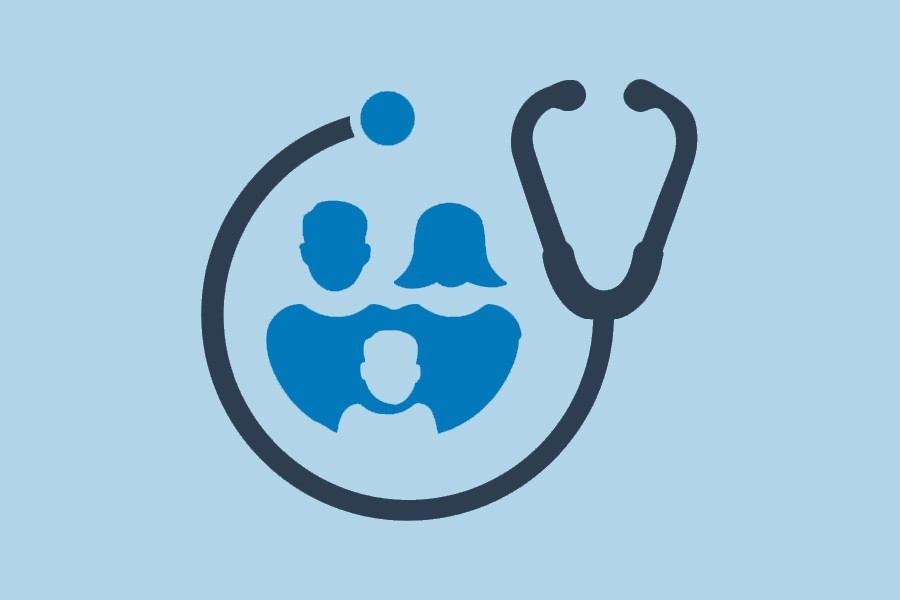The progress made in the country's health sector over the past two decades has earned international plaudits. However, most part of the appreciation has been for notable improvement in a few key health indicators such as life expectancy, immunisation coverage and infant and maternal mortality rates.
The health infrastructure has also expanded both in urban and rural areas, but the ratios of population-doctor and population-nurse are still on the lower side. The situation is even worse in the case of beds available for a large population though the number of health facilities both rural and urban areas has gone up steadily in recent years.
The private sector, however, has taken the lead in the expansion, particularly in the urban areas. Out of nearly 5,700 hospitals and clinics, over 5,000 belong to the private sector. Though fewer in number compared to the private health facilities, the government hospitals have many beds (about 50,000). The total number of beds available with the private hospitals and clinics is around 90,000.
The number of primary health facilities at upazila level and below is about 15,400 with nearly 20,000 beds.
Despite notable expansion of health infrastructures, there are questions about the quality of services offered to patients. This particular issue has been costing the country a substantial sum every year. The rich and the upper-middle class tend to spend a hefty sum on quality treatment abroad. The attitude of a section of physicians is an issue, no doubt, but most private and public health facilities do not have advanced medical equipment and treatment facilities.
The ongoing COVID-19 pandemic has brought to the fore yet another reality; the country's health system is not capable of handling any massive-scale emergency. The health management is also not efficient enough to withstand this type of pressure.
The size of the government spending on health and its efficient use do matter in a country like Bangladesh. The total public sector health expenditure in 2014 was equivalent to 2.8 per cent of the gross domestic product (GDP), according to the Global Health Observatory of the WHO. The spending instead of going up had started declining thereafter. It reached 2.3 per cent in 2016.
Health experts are hopeful that the government in the light of the changed reality would start allocating an increased volume of resources every year for the health sector. This is important for making the hospitals better equipped aimed at handling any major health emergency.
But, as far as indications are available, the government is unwilling to change its stance. The allocation in the annual development programme for the next financial year, according to a report published in this paper early this week, is likely to be equivalent to that of the ADP for the current year. This has evoked surprise in most people.
The Planning Commission that formulates the ADP says the health ministry has sought an allocation equivalent to that of the ongoing ADP. The health ministry justifies its approach claiming that the agencies under its control are not capable of spending more. There is truth in its claim. The health ministry is the worst performer among the ministries that have received sizeable resources in the ADP for the FY20. It could spend only 27 per cent of the allocation until March last.
The main reason for such a weak development-project implementation capacity, as stated by the health ministry officials, is inefficiency of the project directors (PDs) who in most cases are physicians. The reasons for selecting doctors as PDs are very difficult to understand. Doctors have been placed in different tiers of health management system for many years. For understandable reasons the government has been doing so, but the use of their services as PDs necessitates a review.


